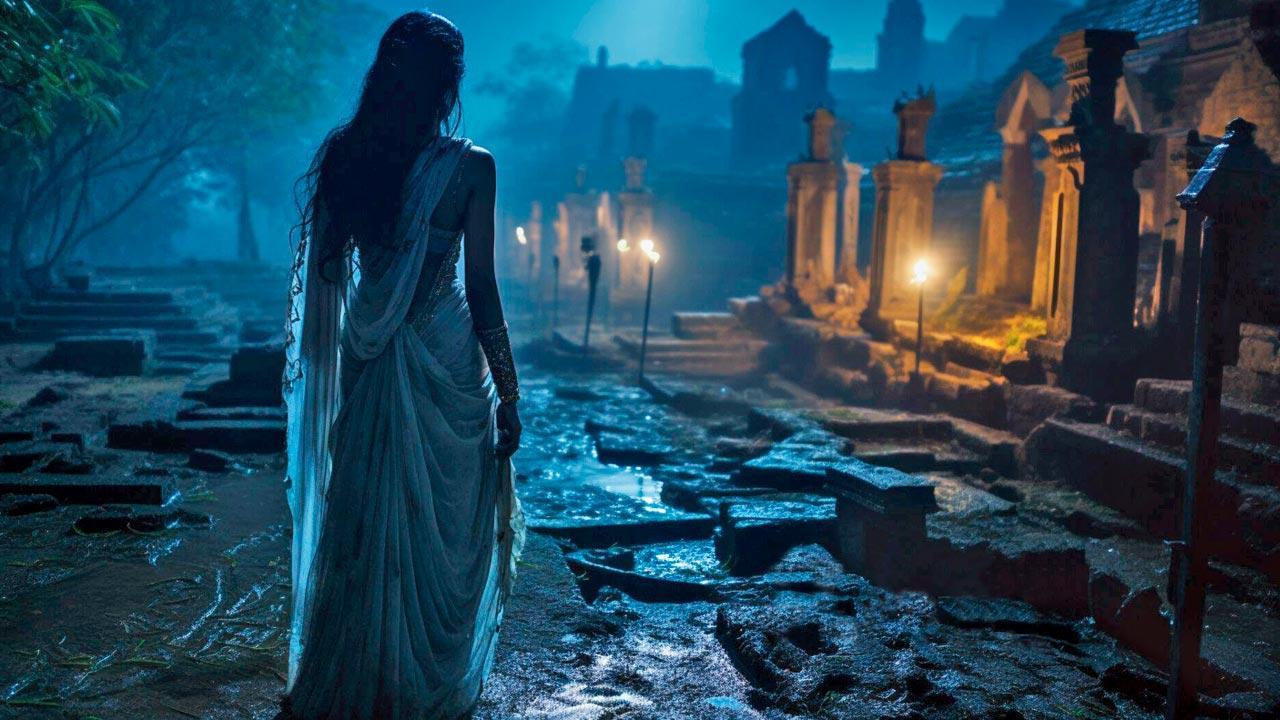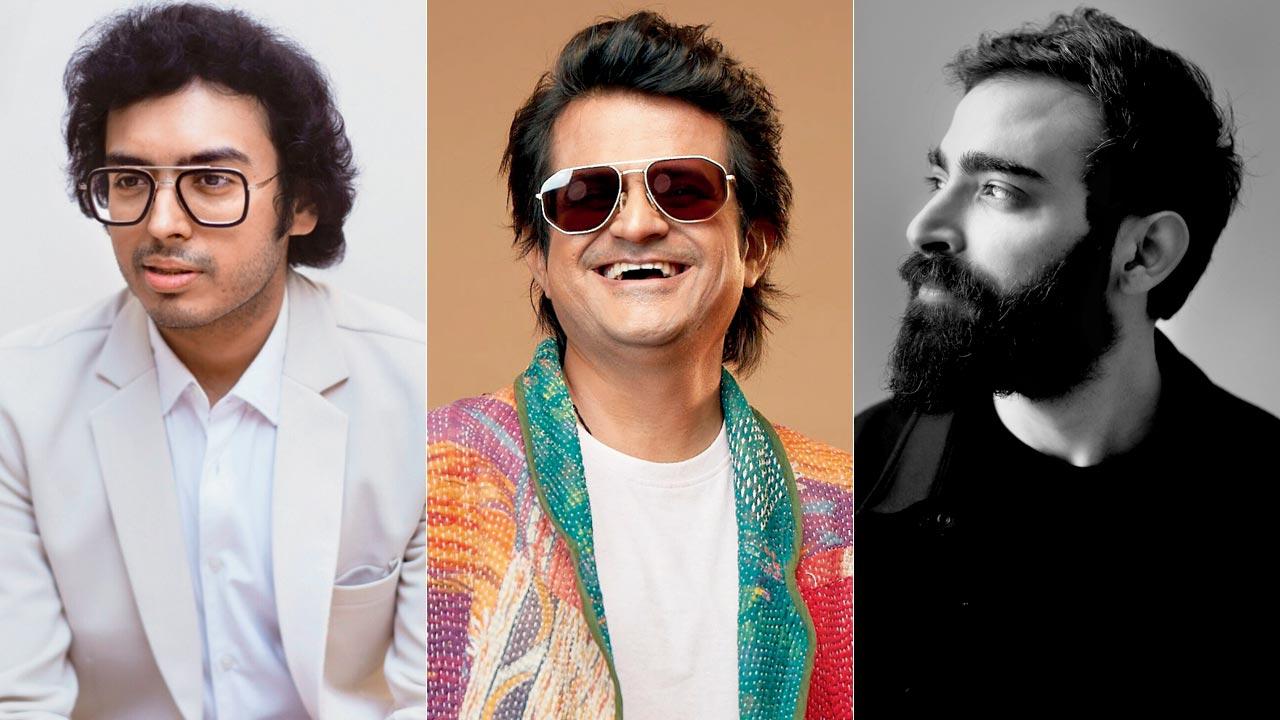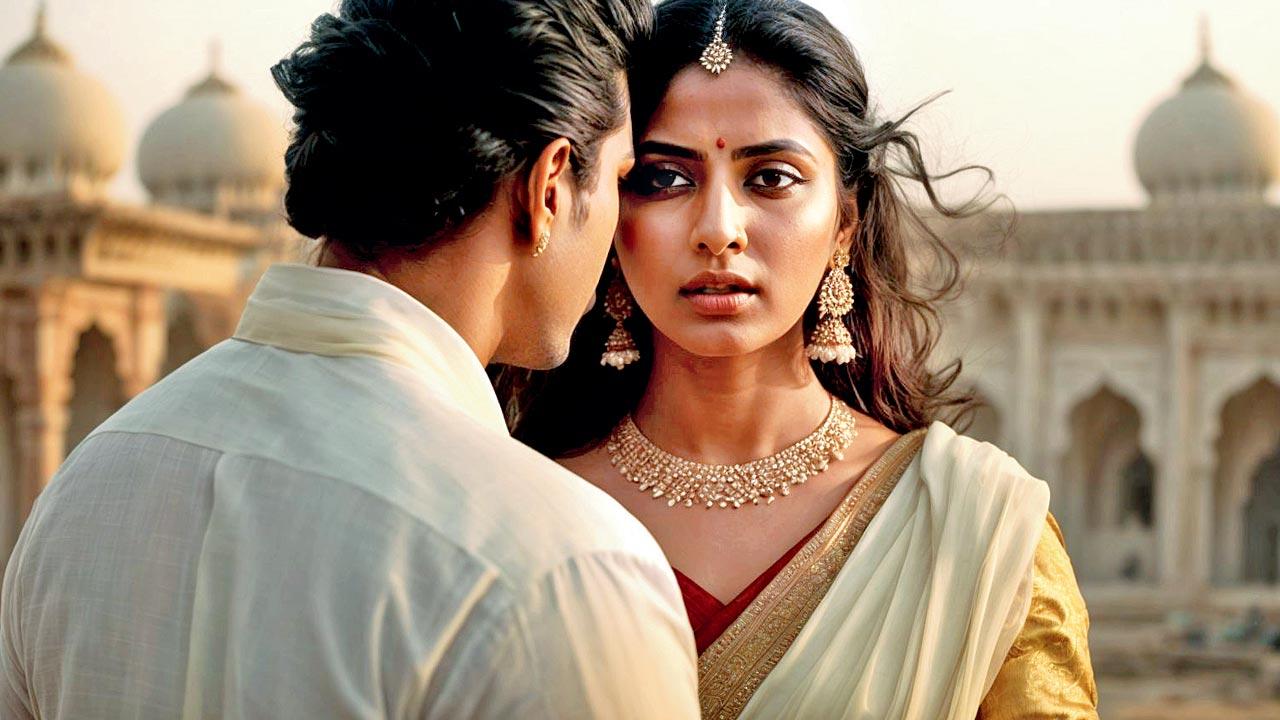Indie musician Siddhant Goenka has created a music video using AI. Is this the future?

File photo
Gone are the days when one spliced together images taken off Google to make an amateur music video. Or put together a slide of collages to make a five-minute clip. These days, artificial intelligence (AI) can generate an entire music video. And all you need is a vision—and lots of practice.
“It took me over 65 hours of production work,” says Siddhant Goenka, an indie musician and artist based in Kolkata. His newest music video, Pari, which released two weeks ago, features a beautiful Indian princess—who is actually a spirit—trying to live as a human, but ending up being a chaotic entity for humankind. Goenka, for whom music is a passion project, spent approximately three to four months learning the rigours of AI tools like Midjourney and Pika, and generating images that looked consistent across all the frames.
 Siddhant Goenka, Kartik Shah and Varun Gupta
Siddhant Goenka, Kartik Shah and Varun Gupta
“I don’t come from a tech background. So, a lot of testing and experimentation went into the process of making this video,” Goenka explains. “My aim was to show the viewer a movie in the form of a music video, and I used AI because I wanted to push my boundaries and do something that hadn’t been done before.” Goenka was informed that creating a video that showed the character with different clothes, at different ages, and smooth morphing across different frames, needed one secret ingredient—meticulous prompting.
For musicians, AI tools have added a layer of visual clarity. Kartik Shah, composer, songwriter and founder of the band Maati Baani, has also created his own “AI shorts”. “For me, AI has helped me cut down a lot of mundane tasks both in audio production and video editing, while at the same time, giving me a new layer of creativity to explore with,” he says. “In terms of visuals, AI has given me, as a composer, the power to visualise what the video will look like. It forces you to think out of the box and, depending on how creative your main idea is, it can take storytelling to a whole new level.”
 Musician Siddhant Goenka’s AI-generated music video, Pari, has been created with realistic-looking human characters. It tells the story of a spirit who is trying to find love on earth
Musician Siddhant Goenka’s AI-generated music video, Pari, has been created with realistic-looking human characters. It tells the story of a spirit who is trying to find love on earth
Brands like Pepsi have started using AI in specific ad shots, while bands like Linkin Park generated a music video earlier this year, which went viral. But in the Indian context, videos like Pari, with Indian elements, are few and far in between. Shah himself created an AI commercial for the luggage brand, Samsonite, for which he animated film-noir type of visuals through several AI tools. “I must have animated at least 300 images to get these clips,” he recalls.
AI has sped up the process of creating short animated films significantly. Filmmaker and AI artist Varun Gupta, popularly known as Aalsiyoulater on Instagram, says that a one-minute film can now be made in a day. In terms of ideation and production value, AI text-to-image tools have boosted the vision an artist has for a story. “Eighty per cent of the time is spent in the ideation. The rest is spent in prompting and getting the look right. But you need to have a sense of filmography as well. You have to be a good curator,” he says. “You need to write your script, generate your shots, shortlist your frames, and then work on the editing.” The magic is in the post-production.
Will it, we can’t help wonder, take away from the beauty and hard work required to shoot a film with real actors and edit it? “When I was a student, I had a lot of conceptual ideas for films, but I couldn’t always do it because of lack of resources,” Gupta says. “For younger filmmakers, AI is a way for getting their work across to others. For professional films, it’s a great visualisation tool. Soon, it’s going to be a great tool for VFX.”
Shah sums it up. “AI has given musicians and filmmakers the visual space to imagine their work,” he says. “Who knows? Soon, we may be witnessing AI music videos and AI
film festivals.”
 Subscribe today by clicking the link and stay updated with the latest news!" Click here!
Subscribe today by clicking the link and stay updated with the latest news!" Click here!








